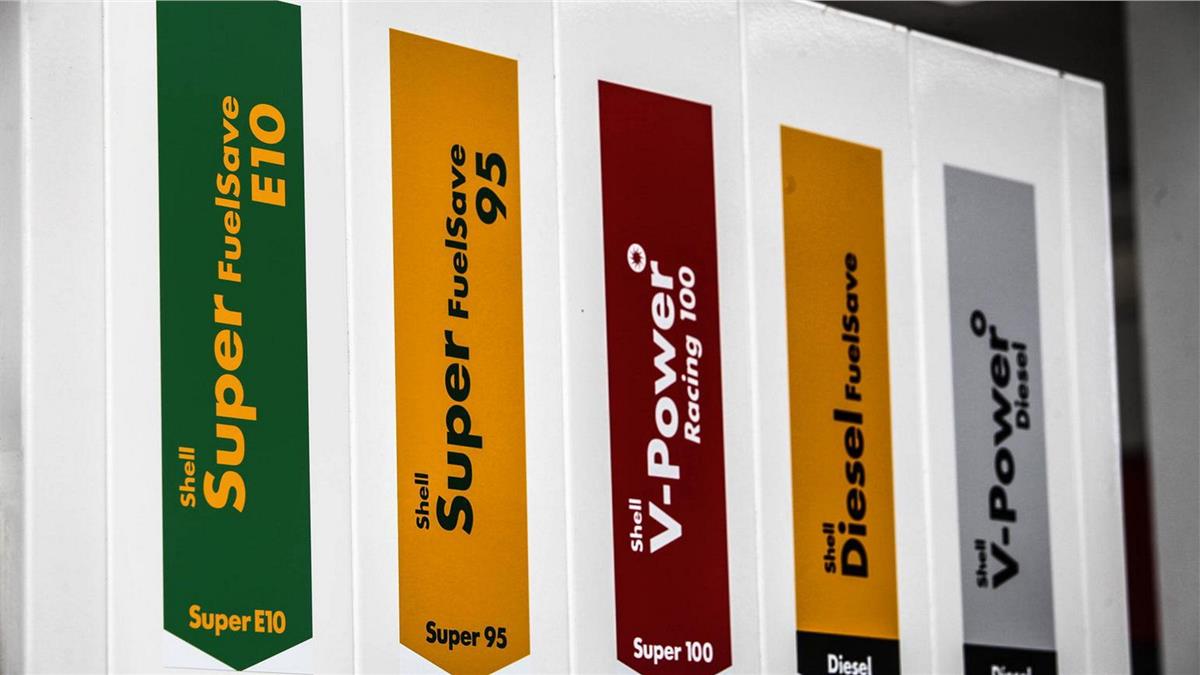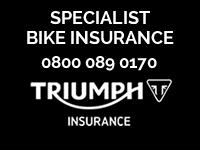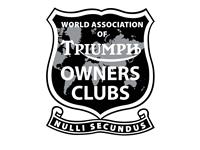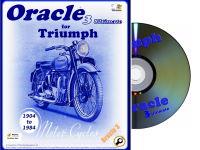
The UK Government are proposing to introduce unleaded petrol with up to 10% Ethanol content. Currently only up to 5% is mandatory but that is all set to change as the Government are pushing forward with a scheme to raise this to 10% in a bid to cut emissions and they are asking for your input into the scheme.
The consultation is proposing to introduce E10 petrol as the standard 'Premium' 95 Octane grade. E5 will still be available but in the more expensive 'Super' 98 (or higher) Octane grade. The labelling of E10 is going to be changed and they are calling for evidence to determine future biofuels policy. The change is being proposed because it was concluded that offering it as a choice along with E5 would not be feasible given the current infrastructure. This is your chance to have your say... don't wait until too late then complain but do something about it now!
All you need to do is to download the Response Form, fill it in, and then email it to: LowCarbonFuel.Consultation@dft.gov.uk
How might E10 affect you?
Any vehicle manufactured since 2016 should be compatible with E10 fuel as it has been a legal requirement. If your Triumph is only a few years old then you won't need to worry at all.
Additionally, Triumph have confirmed that all their motorcycles manufactured from 1990 are compatible with E10 fuel. What this means is that they will run without problems on E10, but E10 fuel may have other consequences for plastics and especially plastic tanks as used on models such as the Sprint ST 1050.
Ethanol can corrode some types of rubber and alloys that were used on older Triumphs. If you have a Classic (pre Hinckley) manufactured Triumph then E10 could have a detrimental effect on your engine and you would be advised to buy the more expensive 'Super' grade unless you have made suitable changes to accomodate E10.
Ethanol contains less energy by volume than non-blended petrol which means that engines not designed with E10 in mind may suffer a drop in power. However you can mitigate this by increasing the jet sizes and needle profiles to prevent the engine running lean. Obviously this will increase the fuel consumption and as you buy petrol by volume you will end up paying more per mile.
Ethanol fuel evaporates much more readily than unblended petrol. This means that if not stored in a sealed container (including a sealed petrol tank) the fuel will lose its potency quicker than unblended fuel will. Typically, in a well maintained fuel tank with a sealing petrol cap the fuel will be ok for 6 months. After 6 months, low compression engines will become more difficult to start and at that time you should drain and refill with fresh fuel - all fuel does this, but ethanol fuel does it a bit quicker. If your petrol tank is not well maintained and isn't well sealed then you should really look at fixing that.
Ethanol corrodes rubber and other materials. If you have Nitrile Butadiene Rubber (NBR) pipes, gaskets, O rings, etc then these will be affected by E10. The rubber will swell and become more brittle. You should replace these components (in the fuel line) with Ethanol resistant rubber (such as Viton). Ethanol may also dissolve some older tank-lining after-market materials so always make sure you have used Ethanol resistant lining material. Ethanol will also dissolve some epoxies that are used in fibreglass manufacture which means that fibreglass petrol tanks can become damaged by exposure to E10.
Ethanol absorbs water. What this means is that when water condenses out of the air in your petrol tank, it will be absorbed by the Ethanol in the fuel.. This isn't so much of a problem if the machine is run regularly, and in fact it is a bit of an advantage as any water will be expelled harmlessly preventing it building up. However if you leave the fuel for a long period of time, and water vapour can get to it (such as through a badly sealing petrol cap), then the Ethanol may absorb enough water to cause phase separation where the Ethanol separates from the petrol and forms a jelly like substance at the bottom of the tank which can cause problems if it gets into the fuel lines. To prevent this you can either drain the tank completely, but it is probably better to fill the tank as full as possible and top it off with corrosion inhibitor to reduce the amount of air and thus water vapour.
Let's bust some myths:
E10 does not mean that there will be 10% Ethanol in the fuel. The label only means that there might be up to 10% Ethanol in the fuel and a blend of 5.5% Ethanol would still be labelled E10.
Ethanol fuel can be advantageous to engines. Ethanol fuel will burn cleaner and cooler reducing the build up of carbon in the cylinder and reducing engine temperature which can be useful in air-cooled Triumphs. Top-fuel drag-bikes run on ethanol fuel for this very reason (among others).
A higher Octane does not mean higher performance. Octane is merely a rating specifying how resistant to pre-detonation the fuel is. With high-compression engines (such as in some racing motorcycles) 95 Octane fuel tends to detonate under compression before the spark and before the piston is at the top of the stroke which can cause engine damage, so 98 Octane fuel is used to prevent that. Putting 98 Octane fuel in your motorcycle that is rated for 95 Octane will not make it any faster or better performing. Ethanol does not lower Octane, in fact it increases it.
Ethanol fuel does not "go off". As mentioned above, all fuels will lose potency if exposed to the air through evaporation. In a sealed container your fuel will keep just fine. In a modern fuel tank (with a fuel pump) and just a breather tube your fuel will be fine for at least 6 months and 12 months is quite common.
The consultation ends on the 19th April at 23:45 so get your response in quick.












